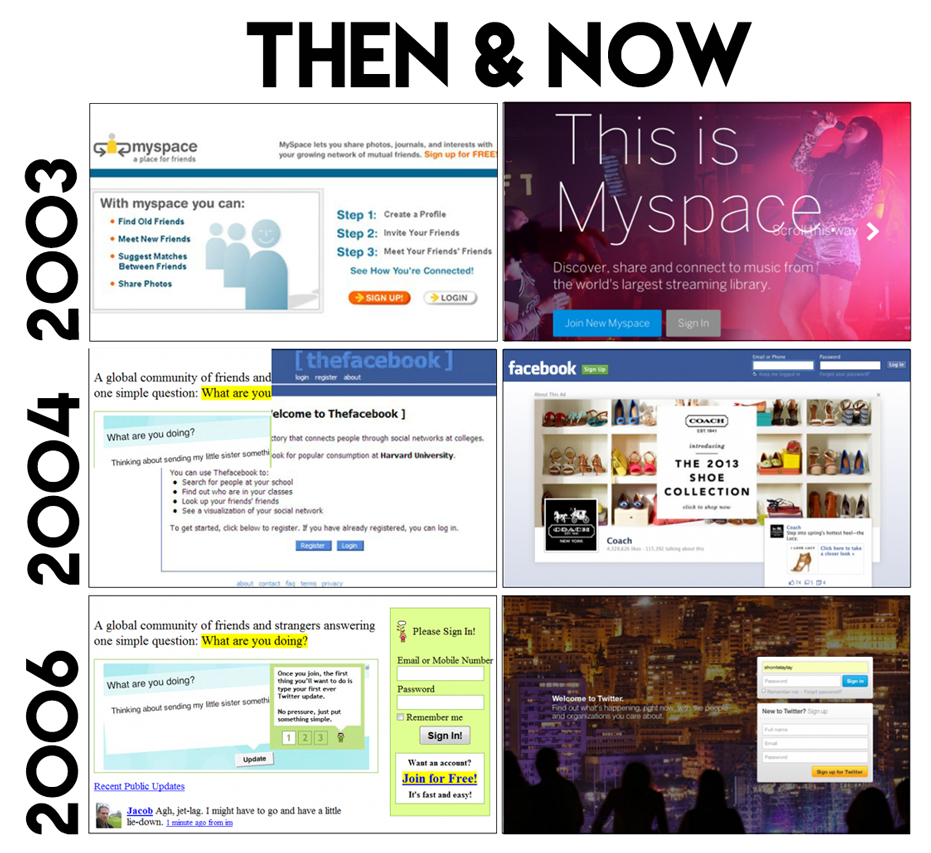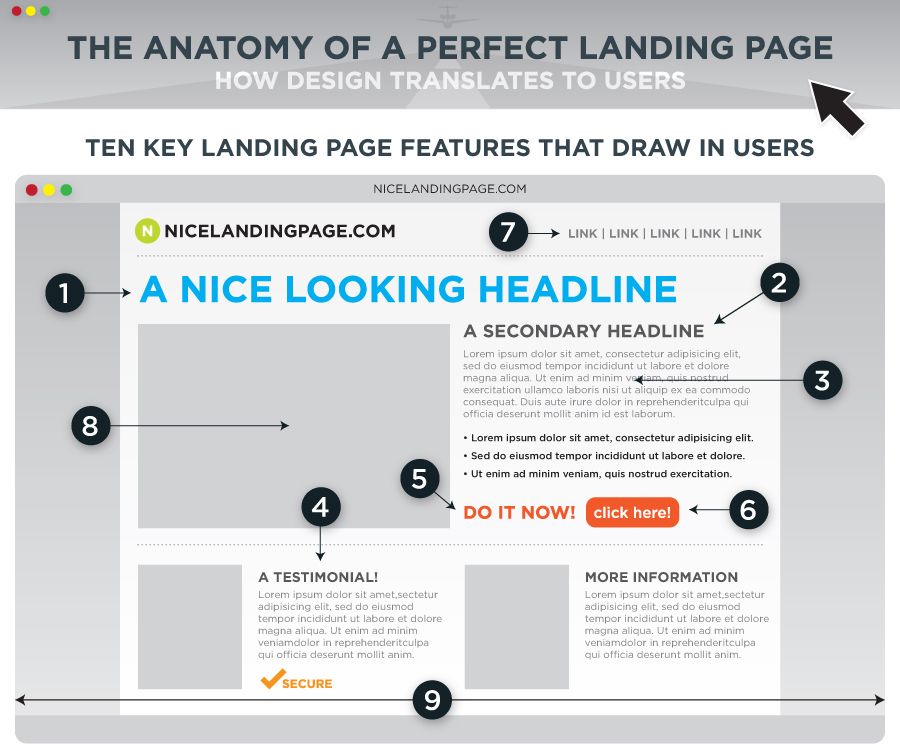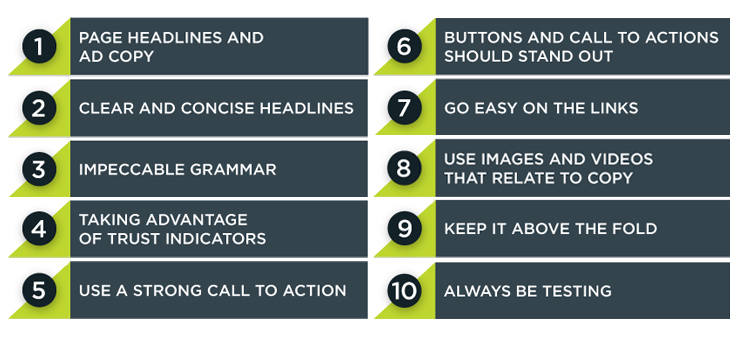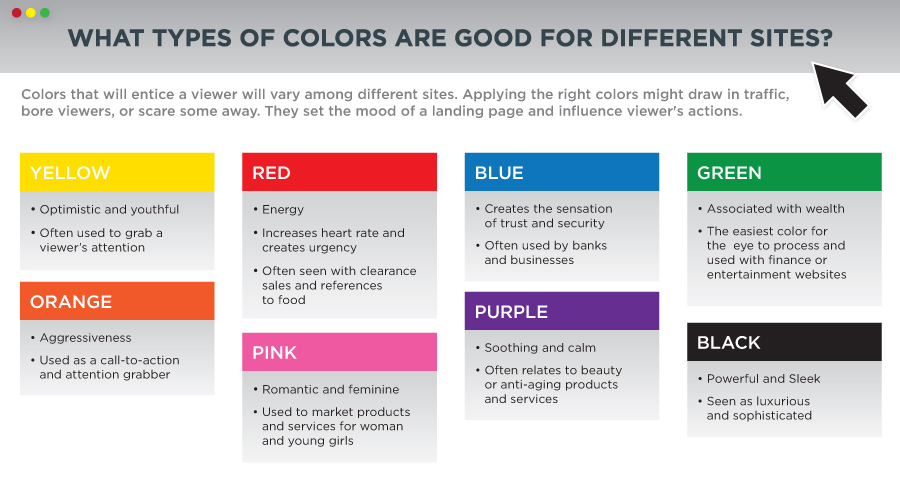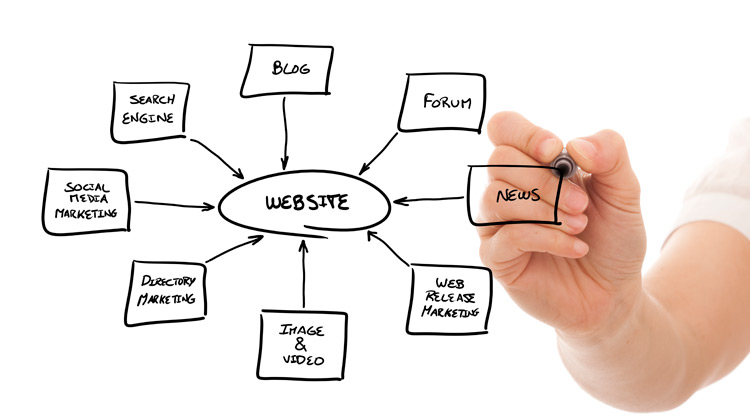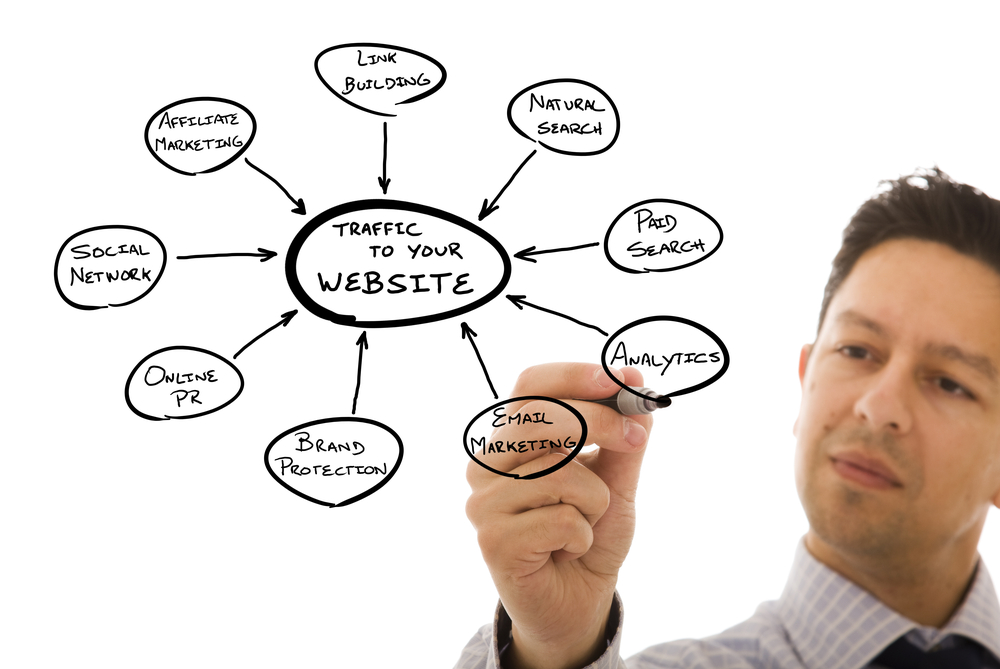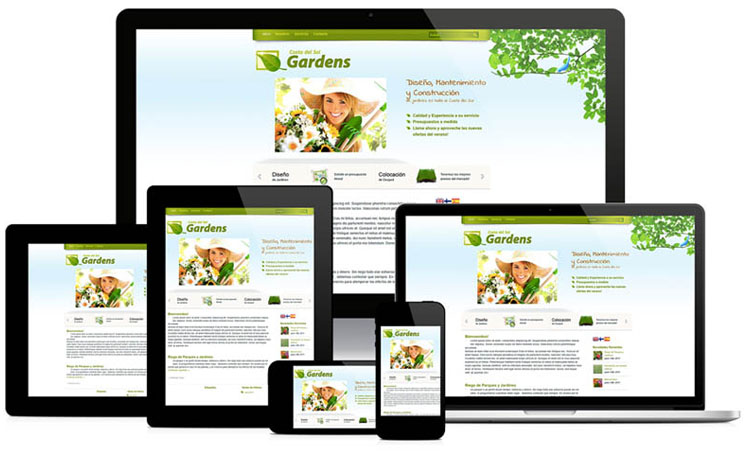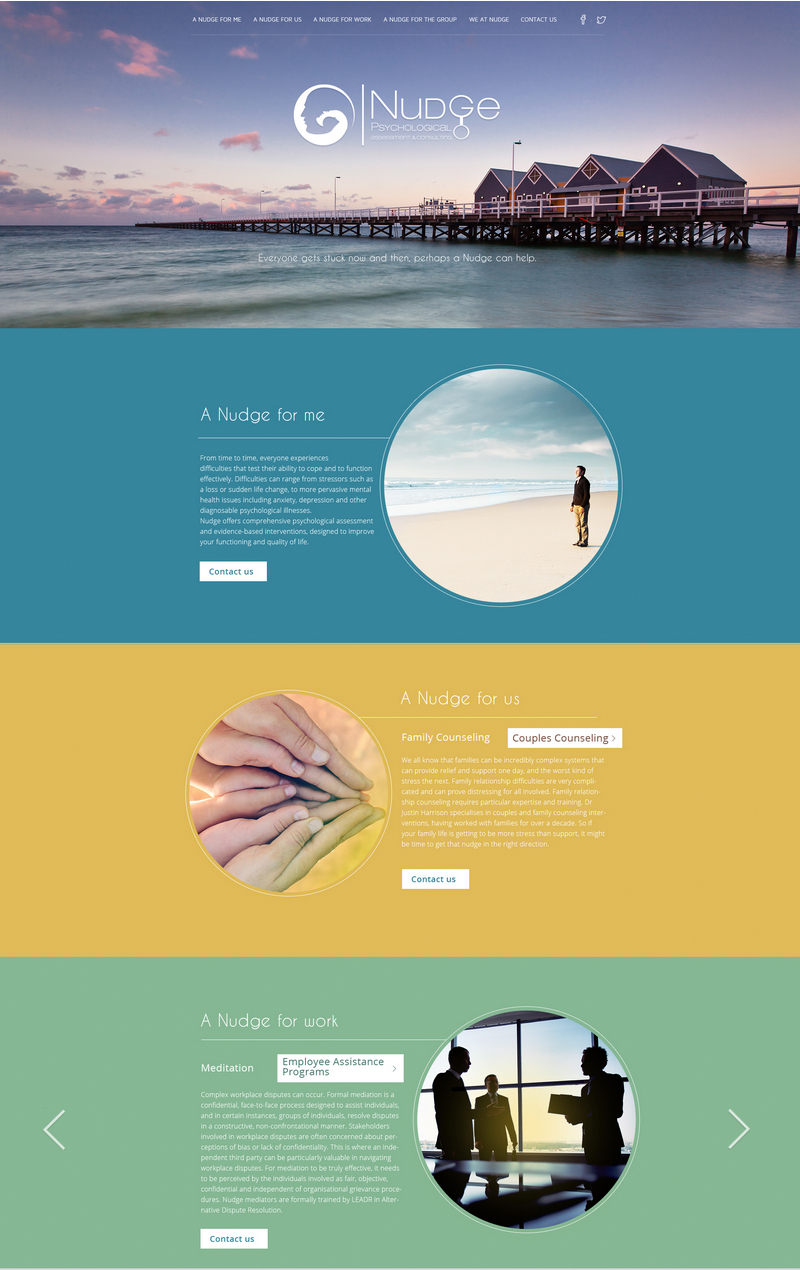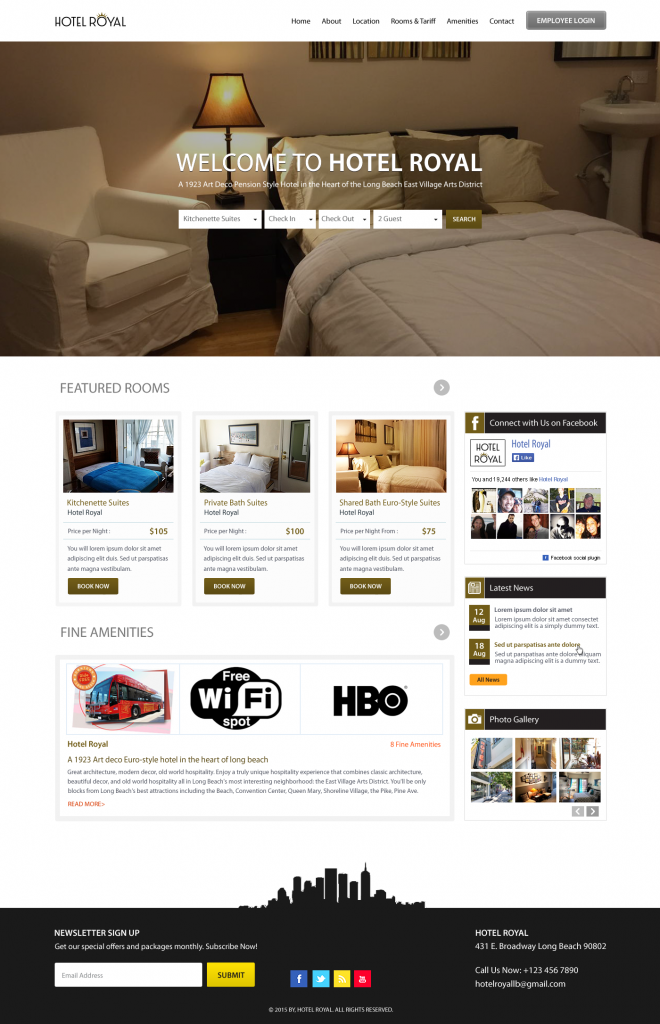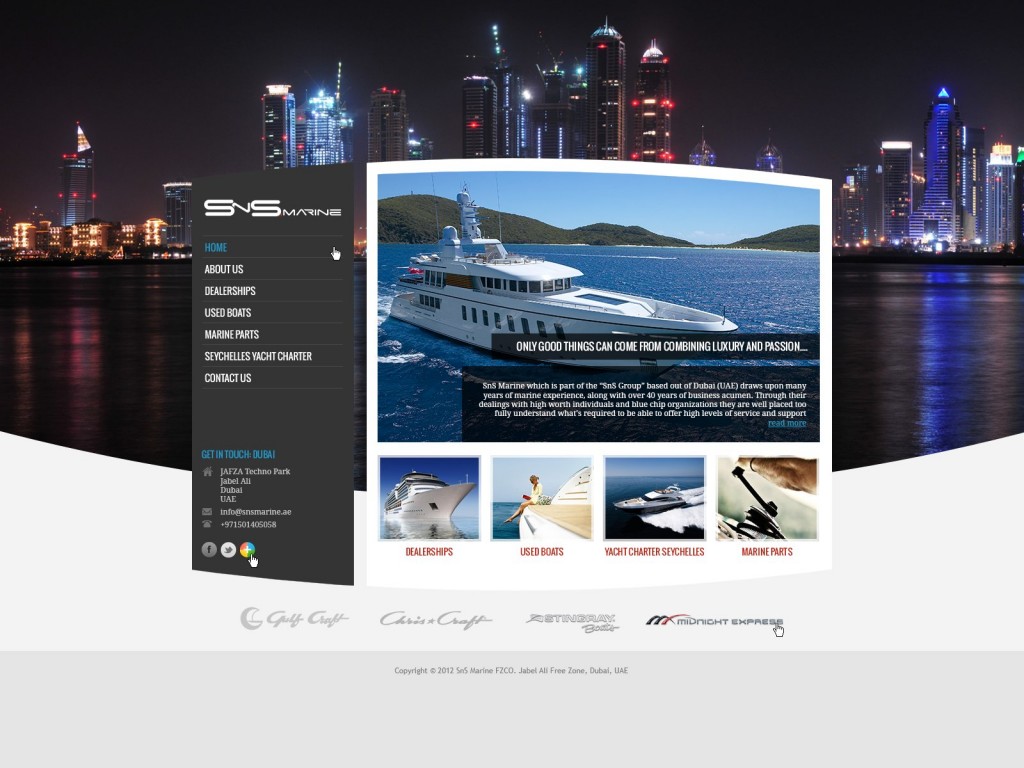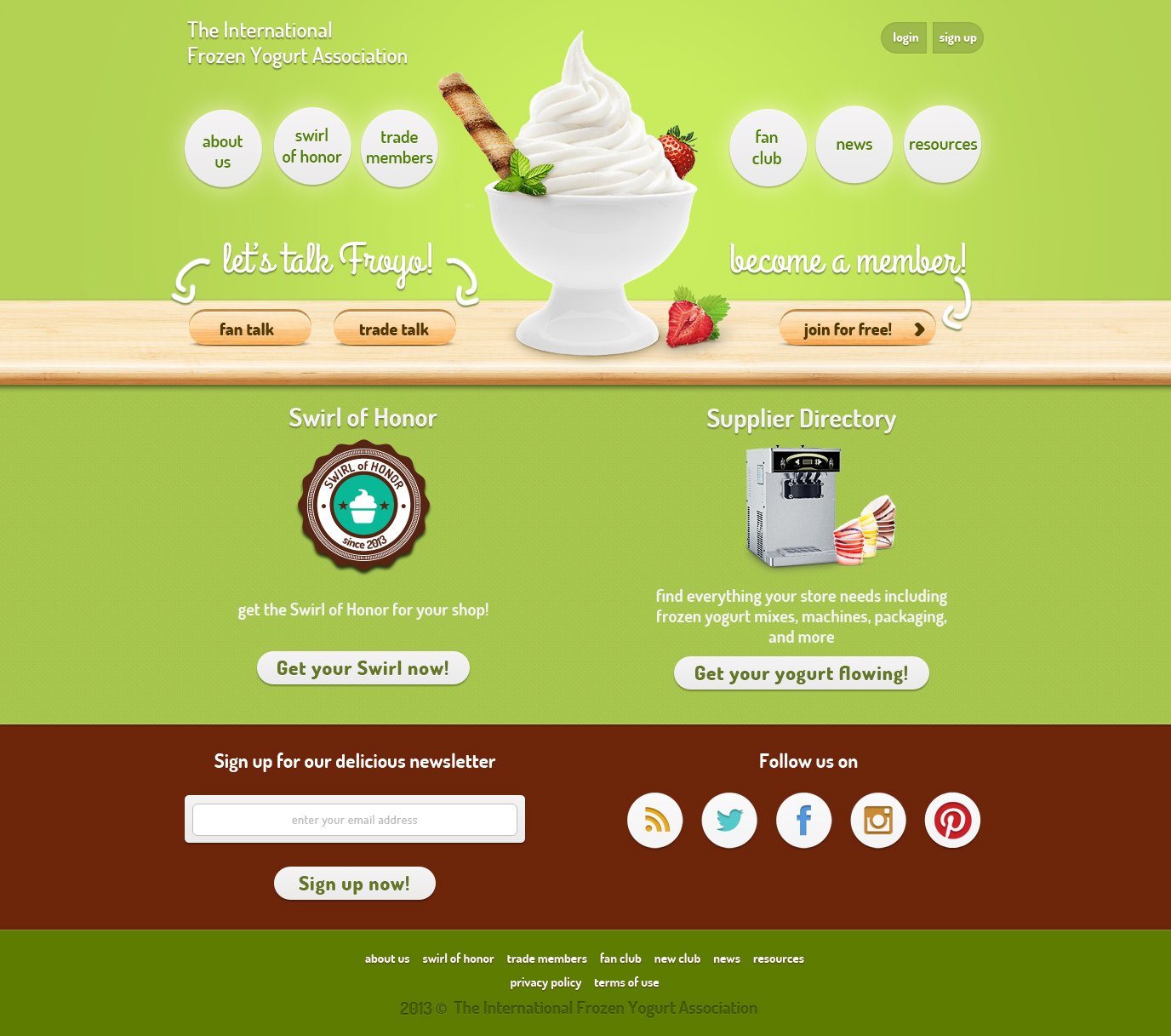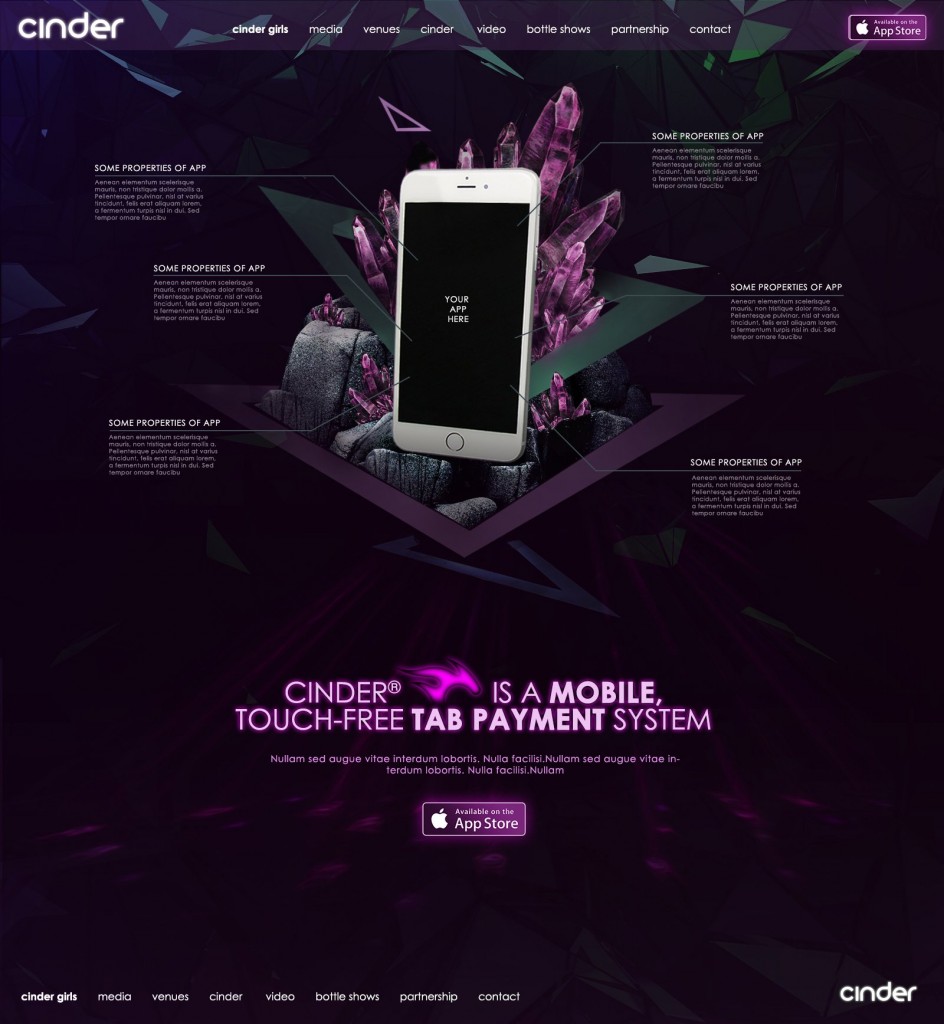Experts in this field will tell you that nothing influences your website’s performance more than development and design. One can argue that on-page optimization and strong linking is vital, but if you have a poorly designed website, your business can and will suffer.
Website design has come a long way. Do you remember these?
In this short decade, much has changed for website design. In the beginning there was text, and more text and an occasional visual aid to go along with the text. Today, it is about quality content and amazing design.  It’s not just about making the website ‘pretty’ (even that is no easy task), it’s about spending the time and effort making it look fresh, contemporary and effortless.
In order to create an excellent website you need to have a good understanding of the business and your target audience so that you can create a website that meets the clients’ expectations.Â
7 questions to consider before designing your website
1. What is the purpose of my website?
The first and most important question. Identify the objectives of your website, for example:
– to represent my firm
– to advertise my product/services
– to look for new clients and partners
– do business through my website
Not only must you identify the objectives, but consider what it is you want visitors to take away after 5 seconds. Keep in mind, people have VERY short attention spans these days. If you can’t keep them lingering on your website for more than 5 seconds, you’ve just lost both a customer and your potential client.Â
Key features of a landing pageÂ
2. Who is this website for?
Every design decision you make has to be for the convenience of your clients. Design with the needs of your clients in mind. If you already have brand colors, they must be prominent and consistent with your website design.Your landing page design must be top notch.Â
3. What would they come here to find? Can they find it easily?
Depending on the nature of your business, you want your clients to take away valuable information from your website. Is there a strong CTA? Is it evident without being forceful?
You want your website to provide real value. If visitors don’t find what they’re looking for, they’ll leave.Â
4. How are you going to get people to come back to your website?
Consider the fact that your content must be efficient in delivering your message, quantity and quality is key here. Add and update your content occasionally so that visitors would want to come back. You can also provide special offers to subscribers to make them want to revisit again and again. Â
5. Will your visitors require special needs?
This question should get you thinking about your websites adaptability to other devices and extra features. Adaptability is a must have. Did you know that in the past 3 years, there has been a significant shift in internet usage; mobile phones are used more than laptops. This means you probably should pay particular attention to how your website will look on mobile devices.Â
6. How will you monitor your website’s activity?Â
If you choose a good web host, this service will be provided in your package. The statistics will tell you how many visitors you have, when they visited, how they discovered you as well as what they do on your website.
This question relates more to the marketing aspect of your website. Things like A/B testing will come in handy. Find out what works and what doesn’t work. Be experimental and creative! Do controlled experiments, but don’t change too many variables at the same time.Â
A good resource for this is VWO. See how easy it is to use A/B testing:
Your website is a project in the making. You must test everything! From slogans, to forum subscriptions, pop ups, buttons, literally everything. Remember that what works for some, may not work for you. As you test things out, find what works and stick to it.Â
7. What are my budget constraints?
One of the things you must consider in great detail is what the budget for your website design will be. Consider the fact that complex designs that require extra work will also cost you extra. Any additions and modifications will also be extra costs. Discuss the budget with your designer before starting the design process to avoid any surprises at later stages.
If you’re still not sure where to start, looking at different websites to see what you like and/or don’t like will be equally useful for you and your designer. You will know what you are expecting, and your designer will have a better understanding of what you are looking for.
If all these questions were a no-brainer for you, you’re ready to start the design process!

